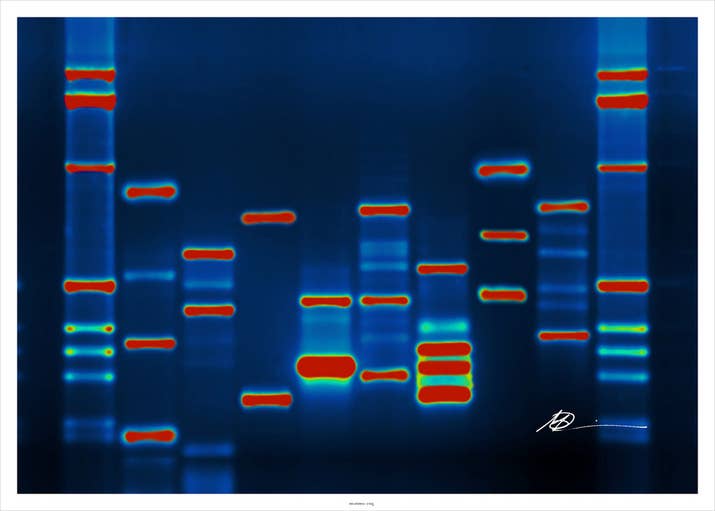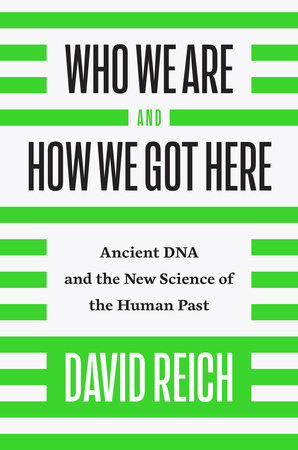Counting Americans: How the US Census Classified the Nation
Oxford University Press
2017-07-03
376 Pages
6-1/8 x 9-1/4 inches
Hardback ISBN: 9780199917853
Paul Schor, Associate Professor History
Université Paris Diderot, Paris, France

- Shows that U.S. census categories are more complex than previous histories of the census have shown, and directly contributed to the social construction of race.
- Demonstrates the fluidity of racial categories in the U.S. census between the nineteenth and twentieth century, and the social implications of that fluidity.
- Traces the visible and less known connections between categories such as slave, mulatto, mixed, “Mexican race,” and more current categories of the US census.
- Shows how the mobilization of individuals or groups over contested statistical categories occured in the first half of the twentieth century, much earlier than race-based affirmative action policies since the 1960’s.
- Draws on previously unused documents from the Census Bureau archive and other unpublished sources to explore the interactions between census officials and laypeople.
How could the same person be classified by the US census as black in 1900, mulatto in 1910, and white in 1920? The history of categories used by the US census reflects a country whose identity and self-understanding–particularly its social construction of race–is closely tied to the continuous polling on the composition of its population.
By tracing the evolution of the categories the United States used to count and classify its population from 1790 to 1940, Paul Schor shows that, far from being simply a reflection of society or a mere instrument of power, censuses are actually complex negotiations between the state, experts, and the population itself. The census is not an administrative or scientific act, but a political one. Counting Americans is a social history exploring the political stakes that pitted various interests and groups of people against each other as population categories were constantly redefined. Utilizing new archival material from the Census Bureau, this study pays needed attention to the long arc of contested changes in race and census-making. It traces changes in how race mattered in the United States during the era of legal slavery, through its fraught end, and then during (and past) the period of Jim Crow laws, which set different ethnic groups in conflict. And it shows how those developing policies also provided a template for classifying Asian groups and white ethnic immigrants from southern and eastern Europe–and how they continue to influence the newly complicated racial imaginings informing censuses in the second half of the twentieth century and beyond.
Focusing in detail on slaves and their descendants, on racialized groups and on immigrants, and on the troubled imposition of U.S. racial categories upon the populations of newly acquired territories, Counting Americans demonstrates that census-taking in the United States has been at its core a political undertaking shaped by racial ideologies that reflect its violent history of colonization, enslavement, segregation and discrimination.
Table of Contents
- Acknowledgments
- Note on Illustrations and Tables
- Note on Terminology
- Introduction
- Part I: The Origins of the U.S. Census: From Enumeration of Voters and Taxpayers to “Social Statistics,” 1790-1840
- Chapter 1: The Creation of the Federal Census by the Constitution of the United States: A Political Instrument
- Chapter 2: The First Developments of the National Census (1800-1830)
- Chapter 3: The Census of 1840: Science, Politics and “Insanity” of Free Blacks
- Part II: Slaves, Former Slaves, Blacks, and Mulattoes: Identification of the Individual and the Statistical Segregation of Populations (1850-1865)
- Chapter 4: Whether to Name or Count Slaves: The Refusal of Identification
- Chapter 5: Color, Race, and Origin of Slaves and Free Persons: “White,” “Black,” “Mulatto” in the Censuses of 1850 and 1860
- Chapter 6: Color and Status of Slaves: Legal Definition and Census Practice
- Chapter 7: Census Data for 1850 and 1860 and the Defeat of the South
- Part III: The Rise of Immigration and the Racialization of Society: The Adaptation of the Census to the Diversity of the American Population (1850-1900)
- Chapter 8: Modernization, Standardization, and Internationalization: From the Censuses of J. C. G. Kennedy (1850 and 1860) to the First Census of Francis A. Walker (1870)
- Chapter 9: From Slavery to Liberty: The Future of the Black Race or Racial Mixing as Degeneration
- Chapter 10: From “Mulatto” to the “One Drop Rule” (1870-1900)
- Chapter 11: The Slow Integration of Indians into U.S. Population Statistics in the Nineteenth Century
- Chapter 12: The Chinese and Japanese in the Census: Nationalities That Are Also Races
- Chapter 13: Immigration, Nativism, and Statistics (1850-1900)
- Part IV: Apogee and Decline of Ethnic Statistics (1900-1940)
- Chapter 14: The Disappearance of the “Mulatto” as the End of Inquiry into the Composition of the Black Population of the United States
- Chapter 15: The Question of Racial Mixing in the American Possessions: National Norm and Local Resistance
- Chapter 16: New Asian Races, New Mixtures, and the “Mexican” Race: Interest in “Minor Races”
- Chapter 17: From Statistics by Country of Birth to the System of National Origins
- Part V: The Population and the Census: Representation, Negotiation, and Segmentation (1900-1940)
- Chapter 18: The Census and African Americans within and outside the Bureau
- Chapter 19: Women as Census Workers and as Relays in the Field
- Chapter 20: Ethnic Marketing of Population Statistics
- Epilogue: The Fortunes of Census Classifications (1940-2000)
- Conclusion
- Notes
- Abbreviations
- Sources and Bibliography
- Index








